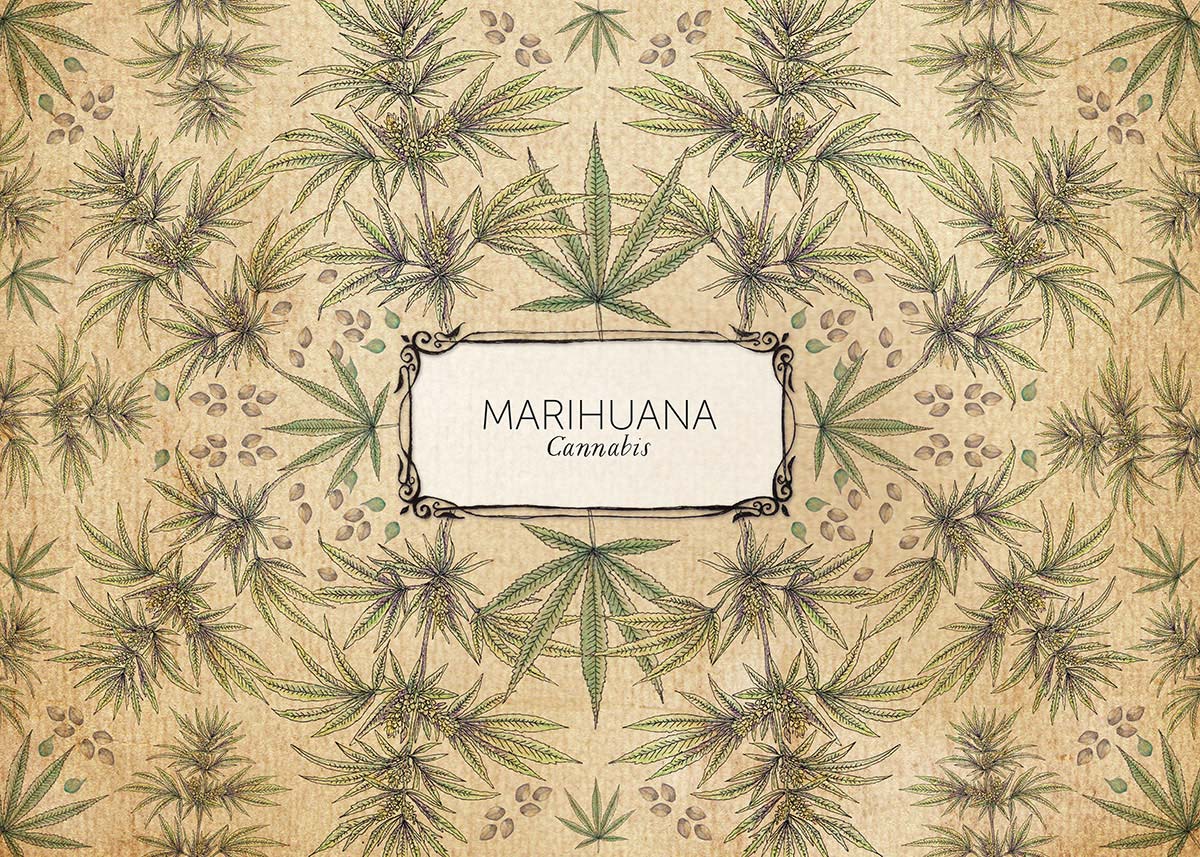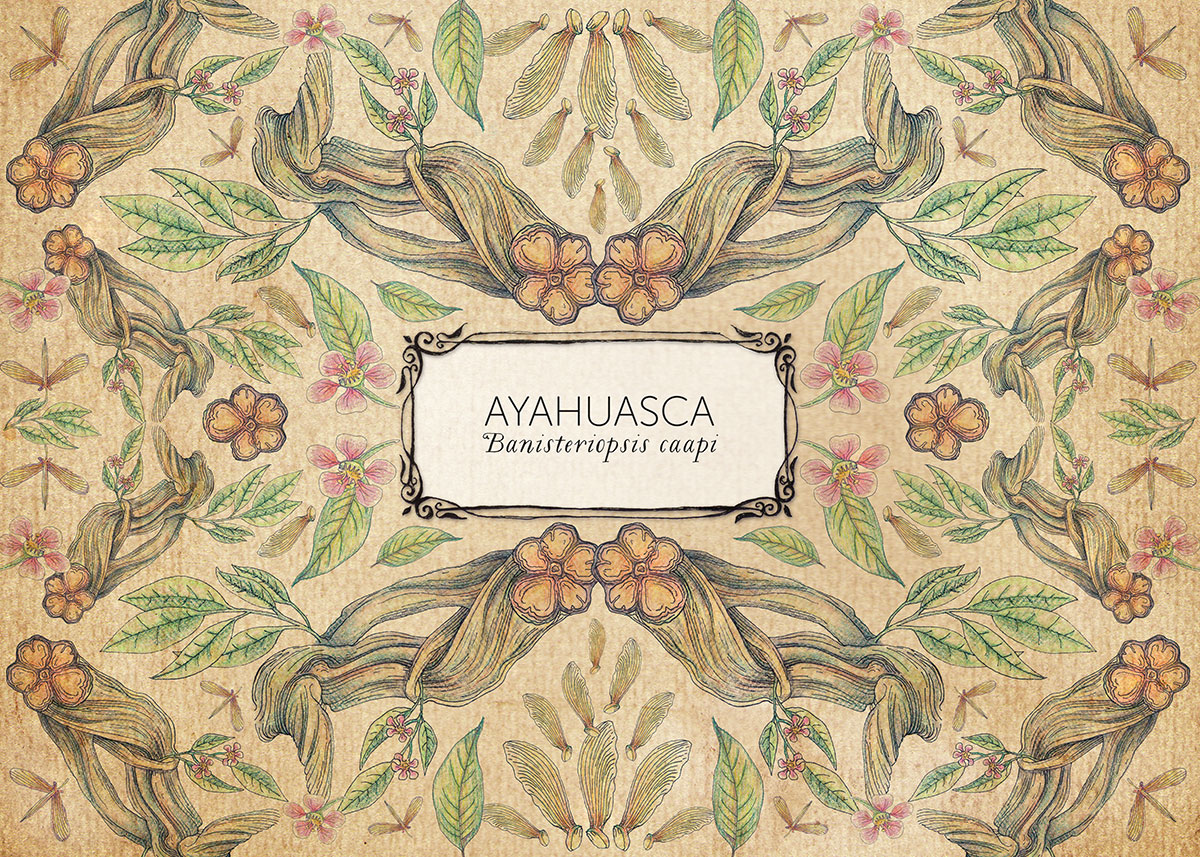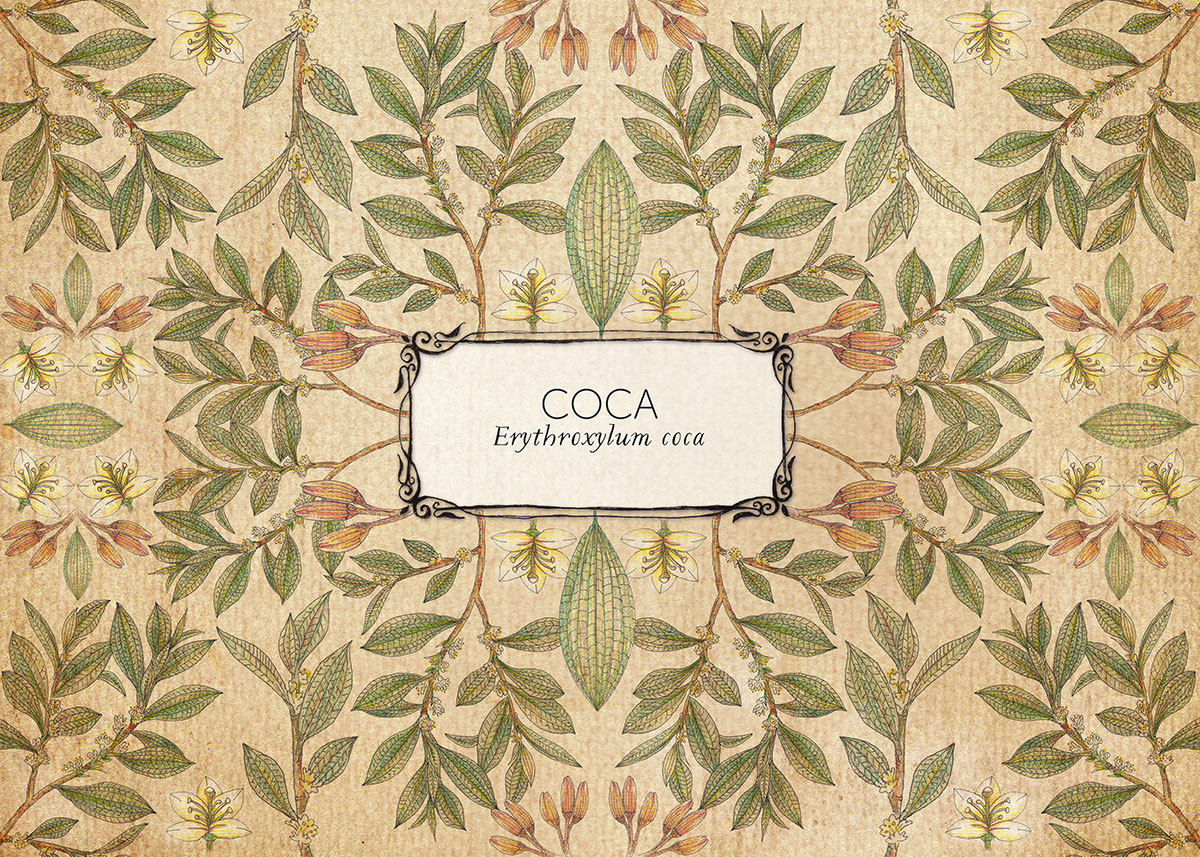“I would like to see a functional drug user in a soap opera: someone who knows what he uses, how he does it and whose consumption does not prevent him from leading a normal life,” says Catalina Gil Pinzón. Catalina is a Colombian who from the beginning of her professional career has worked on peace building. Her career paths have led her to work with the state, multilateral organizations and national and international foundations. She is currently a consultant on drug policy and peacebuilding. She is also dedicated to writing “about the relationship between art and peace and the need for new narratives and approaches in drug policy.”
She works as a consultant for the global policy program at Open Society, “a program that seeks to reform drug policy, especially punitive and repressive policies and reform them so they become policies based on evidence and respect for human rights”. All this without leaving aside those who are directly affected by the war on drugs, “who are usually are consumers or people who grow crops.” For Catalina it is essential to change narratives about drugs, to get out of the dichotomy between good and bad and to understand that the premise of a drug-free world is not possible, because “that is something that the world has never been, it is not and it won’t be ”.
Catalina was one of the jurors in the invitation of the platform Drogas, Políticas y Violencias to commission two projects on Latin America that will join almost seventy creators and intellectuals in the reflection proposed by Vist. One of the criteria she took into account when evaluating the projects was whether they proposed alternatives to traditional narratives about drugs.
How can we understand traditional narratives about drugs? What are their characteristics?
Traditional narratives about drugs have been part of what is known as the war on drugs, which is a strategy that has been active for many years and has been very effective because it has managed to create that common enemy we speak of: drugs. Over time, a discourse has been constructed based on moral values, the dichotomy between good and evil.
Traditional narratives are based there and exaggerate characteristics, establish unproven correlations, take the exceptions and make them a common denominator. They are narratives that do not take into account the evidence, that scare, that cause fear, create suspicions, taboos and promote stigmas.

Can you give some examples?
In soap operas, for example, when one of the main characters consumes some type of drugs, that person is portrayed as someone lost in life, someone who hurts himself and hurts those around him, someone who little by little is ending with what he has achieved. Or, many times, when showing young consumers on the news, guys are shown sitting in parks, with a hood covering them, doing something kind of sneaky. And the image that remains is that these young people do nothing but be in parks smoking.
In Colombia, part of the official traditional narratives have included ways of naming everything related to drugs, such as the slogan a few years ago of the “plant that kills”, or the “narcocultivos”, or “the cursed crop”, as recently Emilio Archila called it. Recently we have heard things like “more coca less peace”, “more coca, more massacres”, which establish direct relationships between violence and coca crops. Or what is always repeated: “we are swimming in coca”, “the scourge of drug trafficking” or “drug trafficking is our greatest threat.” In general, in several Latin American countries, traditional narratives repeat that: “drugs destroy families”, “drugs end the lives of young people”, or that “that person carried out that violent act because he or she used”.
These narratives have some characters…
Yes, for example that of the problematic user, who destroys his/her family, who wastes his/her money, who damages other persons. Or the grower of the “plant that kills”, who is getting rich with his cultivation and who likes “easy money”. That of the young dealer in the cities that controls territories. Or the young user who does nothing but be in the park, hiding and consuming. The capo, who ends up being a man in who wields all the power of drugs. But it also generates images like that of the cursed crop, which kills everything else in its path and is the source of all problems. So the solution is, according to these narratives, eradication. Or the image of “The drugs”, which is a package in which we put all the substances and they all remain at the same level. Without understanding that not all are the same, not all achieve the same effect and not all are produced in the same ways.

What effects do these traditional ways of narrating drugs have?
I think there are three great effects. The first is that these narratives do not allow information to exist, which is a right that we have. For example, the fact that certain types of people or organizations that carry out risk and harm reduction strategies are seen as people or organizations that promote consumption. Here the comparison with sex education works a bit. Sex education campaigns are often interpreted by many as ways to promote promiscuity.
So, giving information on how to consume responsibly, precisely to avoid problematic consumption, is seen as a bad thing. And all this is very curious because we do have these strategies with alcohol. This lack of information also means that we put all psychoactive substances in the same package.
The second effect that these narratives have is that they do a lot of harm to people who consume and to communities that grow coca, poppies or cannabis. They do harm because they stigmatize and criminalize those people. People who consume can only be either sick or dealers, and at that moment they are criminalized. The same happens with the communities that cultivate, which are presented as allies of drug trafficking or people who like easy money, when it is the opposite, they have never had it easy. An example of this is the study made by UNDOC of the families living in coca leaf cultivation areas in Colombia, beneficiaries of the Comprehensive National Plan for the Substitution of Illicit Crops (PNIS), in that document it is shown that these families are integrated mostly by young people under 19 years of age (41% of the population) and women (46.9%) of which 29% are heads of household, and 57% are populations in conditions of monetary poverty and by 49% in conditions of multidimensional poverty. The direct effect of these forms of criminalization is that the proposals to address the “problem” in this specific case is to send military operations for forced eradication and fumigations with glyphosate.
The third effect, which I find, is that the evidence has played a minimal role, that it is constantly being ignored and that both drug policy and the creation of narratives are based on a series of assumptions without a verifiable basis.

Then, a relationship can be established between these traditional forms of narratives and drug policies.
Yes, and this is all related to the previous question. In the Colombian case, by constantly repeating that coca crops or the existence of an illegal drug market is the cause of all our security problems, that is, the traditional narrative, a wrong diagnosis is created and, consequently, the proposed solutions are not relevant, durable, or sustainable.
Holmes Trujillo, Colombia’s current Defense Minister, says for example: “glyphosate fumigation must be resumed to reduce massacres,” and that relationship that he is establishing there is not only unproven, but it doesn’t make any sense. This is another example of a narrative type “More crops, more violence”, which is transformed into a policy that indicates that it is necessary to resume spraying, which is harmful, costly and inefficient in the medium and short term.
If we put the crop as the greatest enemy, and this happens a lot in Colombia, and as the cause of all the problems, the attention is not focused on the unmet needs of all the regions where there are crops. The solution is simply to change the crop, change the coca for this other. But what is needed is a comprehensive and very long-term investment.
On the consumption side, it is the same, when saying that drugs end families, that the people who use are sick or traffickers, that drugs must be illegal, the premise is that they want “a drug-free world.” All of this is part of a narrative that does not allow comprehensive harm reduction policies to exist.
In the end, all these narratives make us design and implement drug policies that are not based on evidence, that do not take into account human rights, not even the communities that grow crops or the people who consume, and that in general all these issues they are approached from a punitive and coercive point of view.



